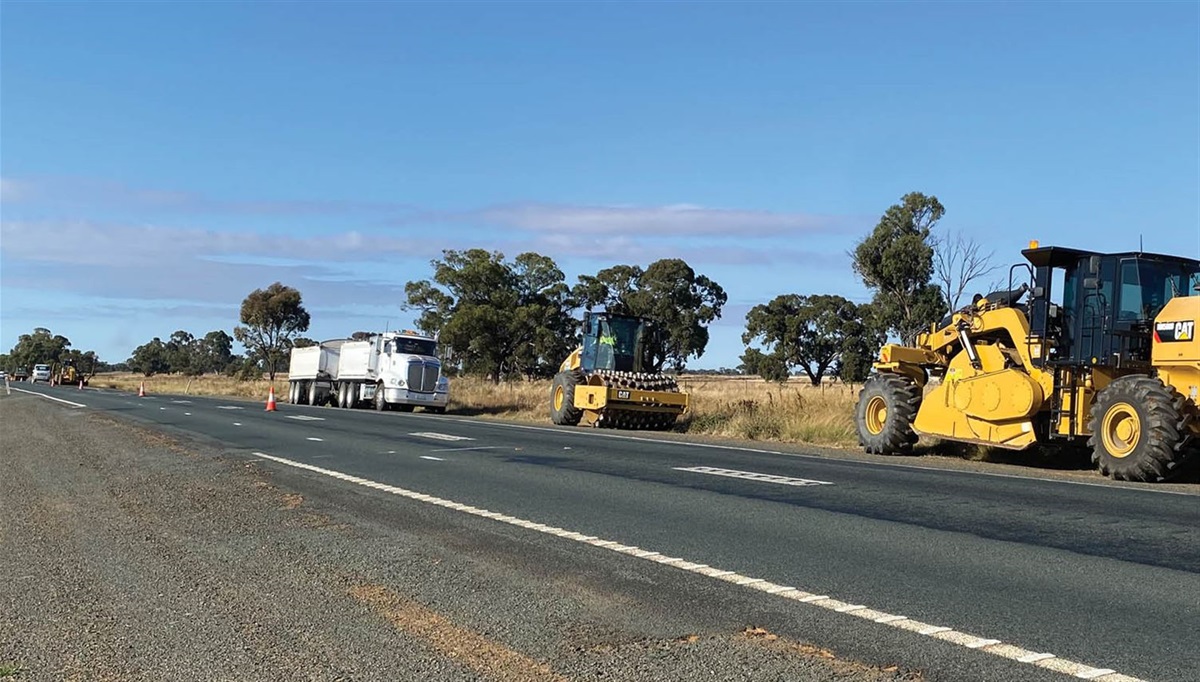There were 432,000 job vacancies in May 2023, down 9,000 from February, according to new figures from the Australian Bureau of Statistics (ABS).
Bjorn Jarvis, ABS head of labour statistics, said: “The number of job vacancies fell by around 2 per cent between February and May, the fourth consecutive quarterly decrease.”
Despite the ongoing decline over the last year, vacancies remained elevated.
“While job vacancies have fallen by around 10 per cent over the past year, they were still high – around 89 per cent higher in May 2023 than in February 2020, just before the start of the COVID-19 pandemic.
“This May saw businesses continuing to report difficulties in recruiting and retaining staff,” Mr Jarvis said.
While the number of job vacancies fell in May, the percentage of businesses reporting at least one vacancy increased, rising slightly from 24 per cent in February to 25 per cent in May. This continues to be more than double what it was in February 2020 (11 per cent), before the pandemic.
“The percentage of businesses reporting at least one vacancy has been above 11 per cent since August 2020, and higher than 20 per cent since May 2021. This highlights the impact of a tight labour market on a broad range of businesses,” Mr Jarvis said.
| Proportion (%) | |
|---|---|
| Feb-20 | 11.0 |
| May-20 | 6.5 |
| Aug-20 | 12.1 |
| Nov-20 | 14.7 |
| Feb-21 | 18.1 |
| May-21 | 22.0 |
| Aug-21 | 20.3 |
| Nov-21 | 20.7 |
| Feb-22 | 23.5 |
| May-22 | 25.2 |
| Aug-22 | 26.7 |
| Nov-22 | 27.7 |
| Feb-23 | 24.3 |
| May-23 | 24.7 |
As in recent quarters, the quarterly fall in job vacancies was driven by the private sector, which dropped by 2 per cent from 394,000 to 385,000. Job vacancies in the public sector remained steady at 47,000 vacancies, underpinned by demand for education and health workers.
New South Wales saw the largest percentage drop in job vacancies (-12 per cent) while South Australia saw the largest growth (+9 per cent) for the quarter.
“All states and territories, except for South Australia, have a lower number of vacancies when compared with a year ago, but all remain well above their pre-pandemic levels,” Mr Jarvis said.
| State | Change from before COVID-19 (%) |
|---|---|
| New South Wales | 61.5 |
| Victoria | 76.2 |
| Queensland | 100.9 |
| South Australia | 113.9 |
| Western Australia | 98.8 |
| Tasmania | 108.4 |
| Northern Territory | 120.4 |
| Australian Capital Territory | 71.1 |
Accommodation and food services showed the most pronounced drop in job vacancies (-27 per cent) this quarter. However, vacancies in customer-facing industries continued to be the most elevated compared with pre-COVID levels, particularly in Arts and recreation services, and Accommodation and food services.
While vacancies fell in 12 of the 18 industries in May, some industries continued to experience growth. The largest increase in vacancies was seen in Education and training, which went up by 18 per cent.
| Industry | Change from before COVID-19 (%) |
|---|---|
| Arts and recreation services | 227.8 |
| Accommodation and food services | 188.3 |
| Health care and social assistance | 145.0 |
| Electricity, gas, water and waste services | 131.9 |
| Education and training | 105.7 |
| Construction | 99.2 |
| Manufacturing | 84.7 |
| Mining | 78.6 |
| Transport, postal and warehousing | 78.0 |
| Public administration and safety | 72.2 |
| Rental, hiring and real estate services | 70.9 |
| Retail trade | 70.6 |
| Other services | 70.3 |
| Professional, scientific and technical services | 69.9 |
| Wholesale trade | 20.6 |
| Administrative and support services | 20.4 |
| Information media and telecommunications | 12.6 |
| Financial and insurance services | 12.0 |
The ABS would like to thank businesses in Australia for their continued support in responding to our surveys.






